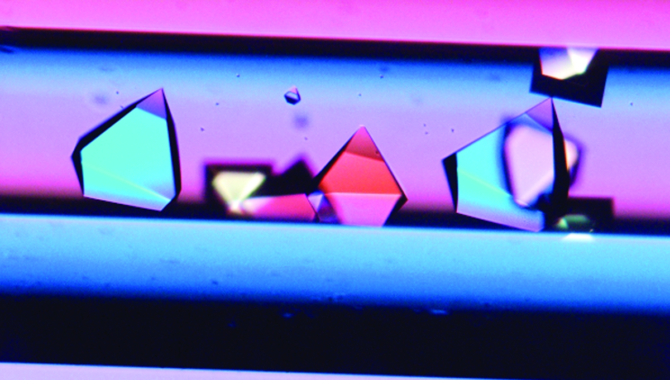
Unique properties of microgravity lead to more effective drugs.

Unique properties of microgravity lead to more effective drugs.
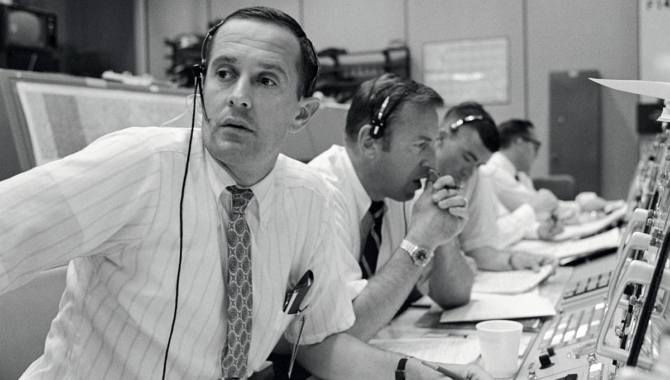
Duke talks Armstrong and Aldrin through communications issues, alarms, and a dwindling fuel supply to help them reach the lunar surface.

Representatives from NASA, FEMA, federal agencies and international partners discuss real challenges posed by hypothetical scenario.

Pointing method developed decades ago uses full complement of instruments to focus on targets with precision.
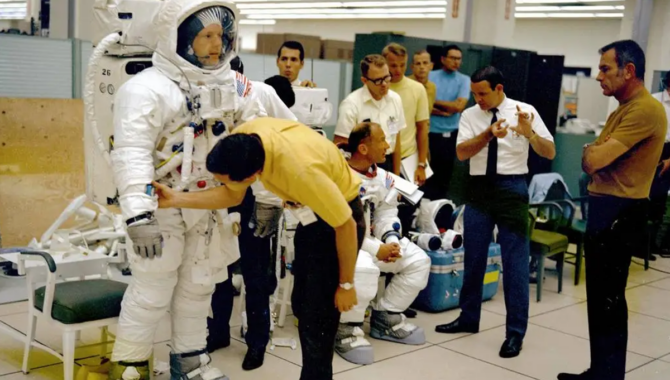
In June 1969, NASA charges Apollo 11 with a single, straightforward objective — Perform a manned lunar landing and return.
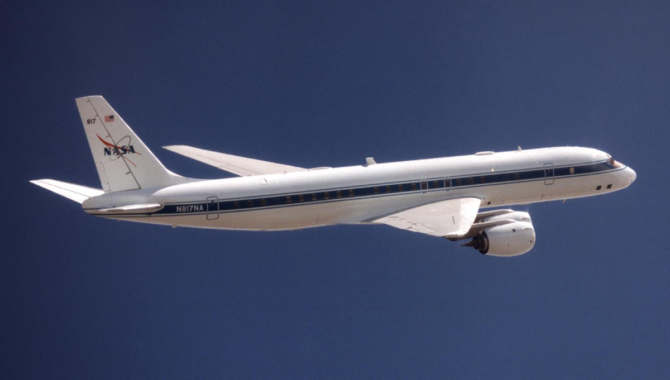
After more than three decades of amazing contributions to science, storied aircraft heads to Idaho for a new chapter.

PREFIRE will examine heat loss from the rapidly changing regions and gather data to improve weather models.
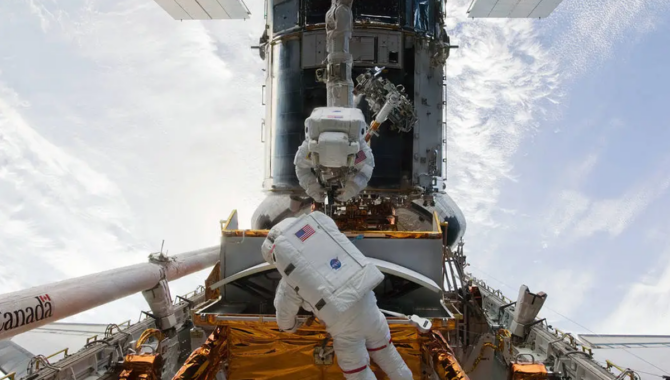
The crew of STS-125 make repairs and upgrades to the revolutionary telescope, expanding its capabilities and extending its operational lifespan.
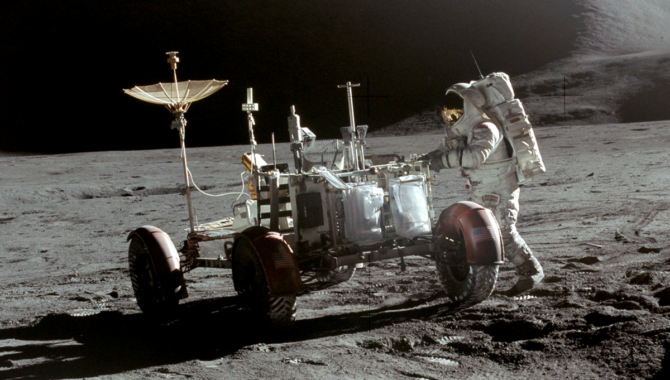
New lunar vehicle for astronauts will also be capable for robotic exploration at the Moon’s South Pole.